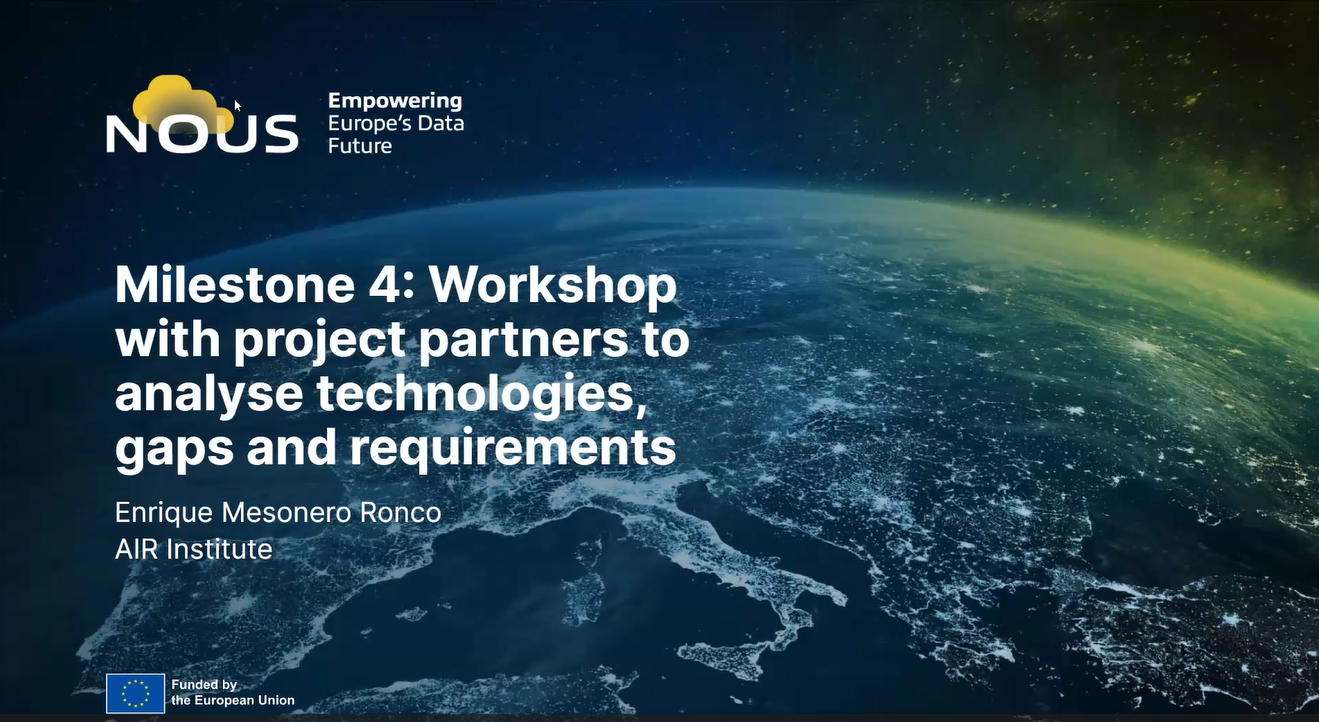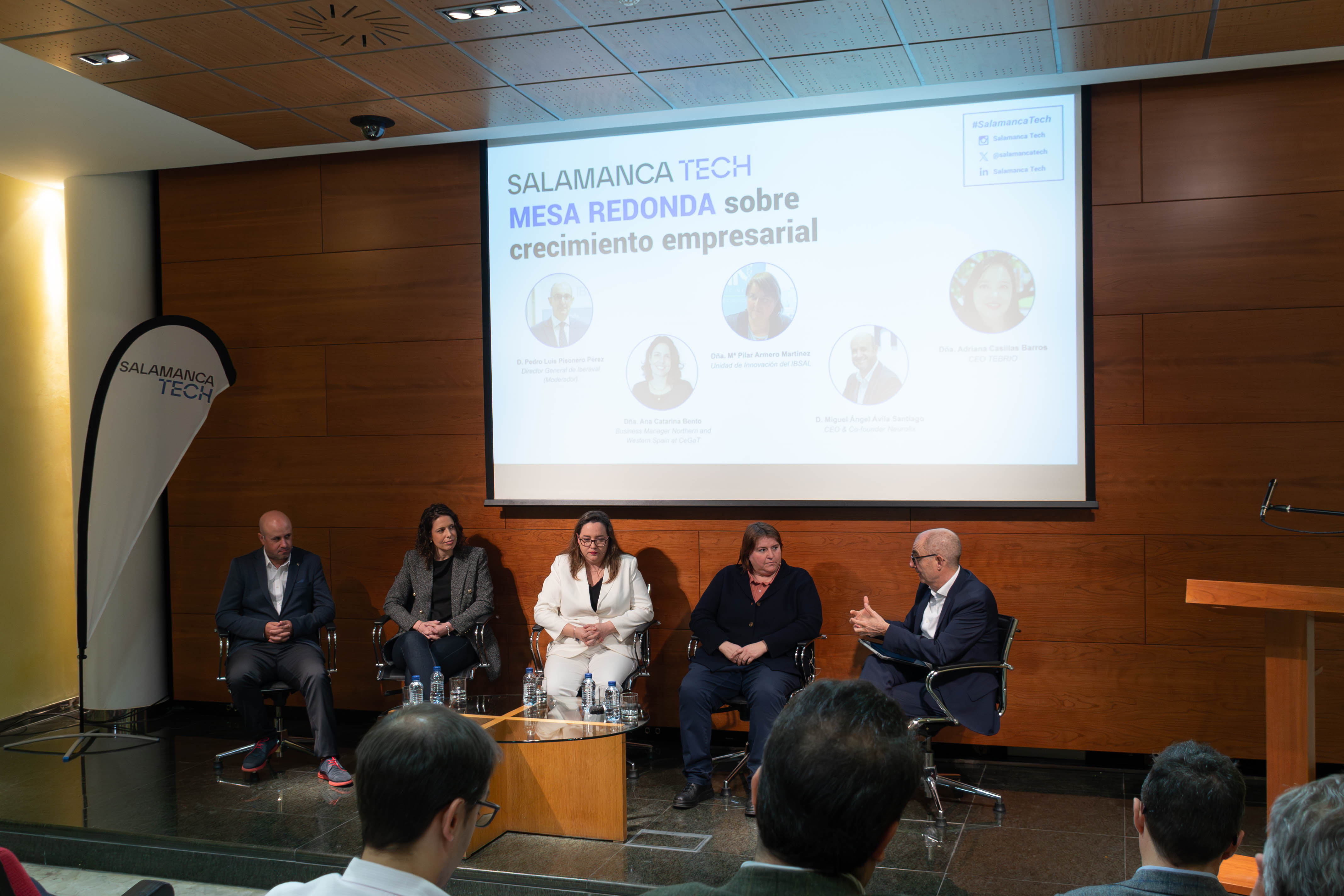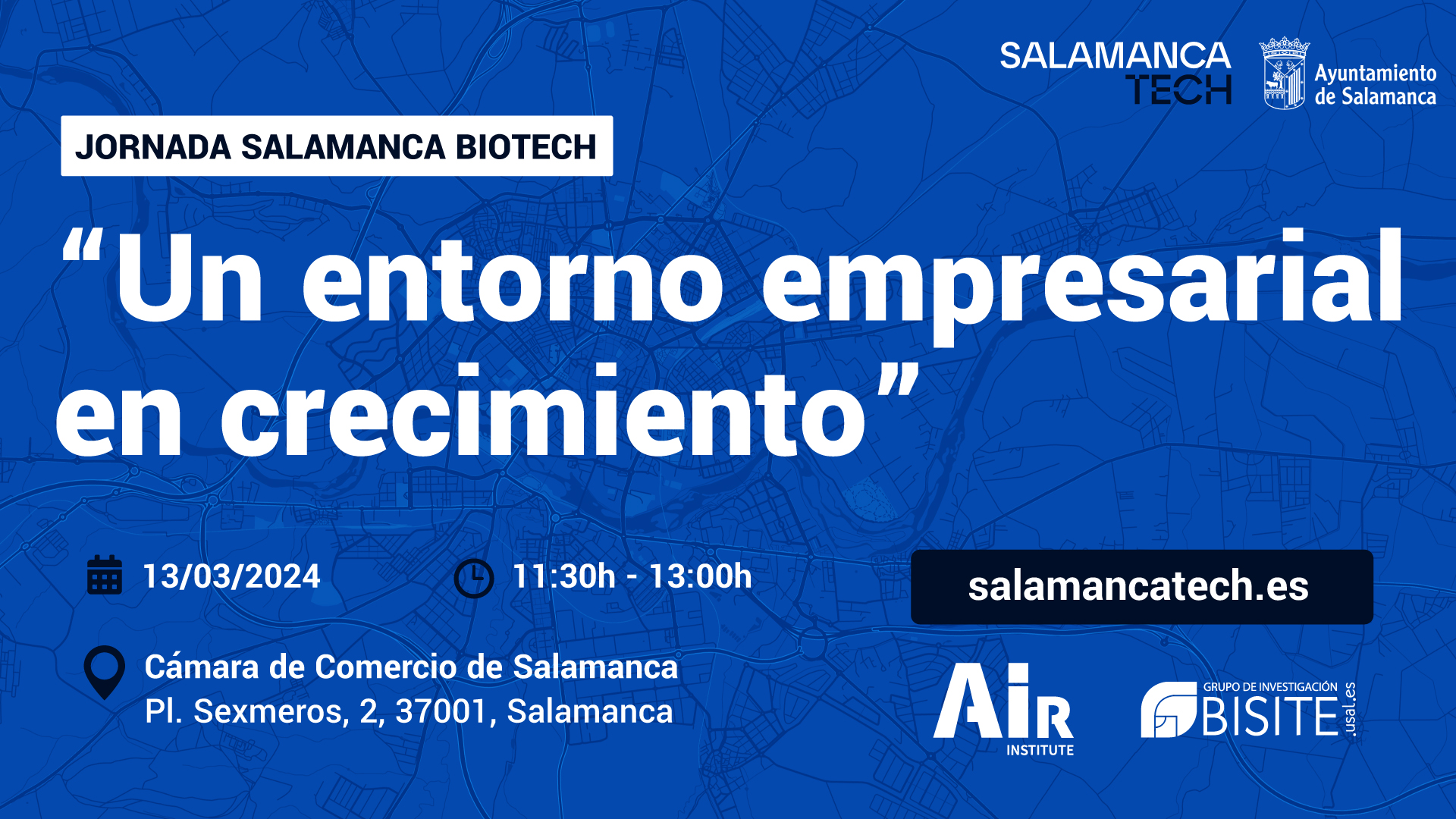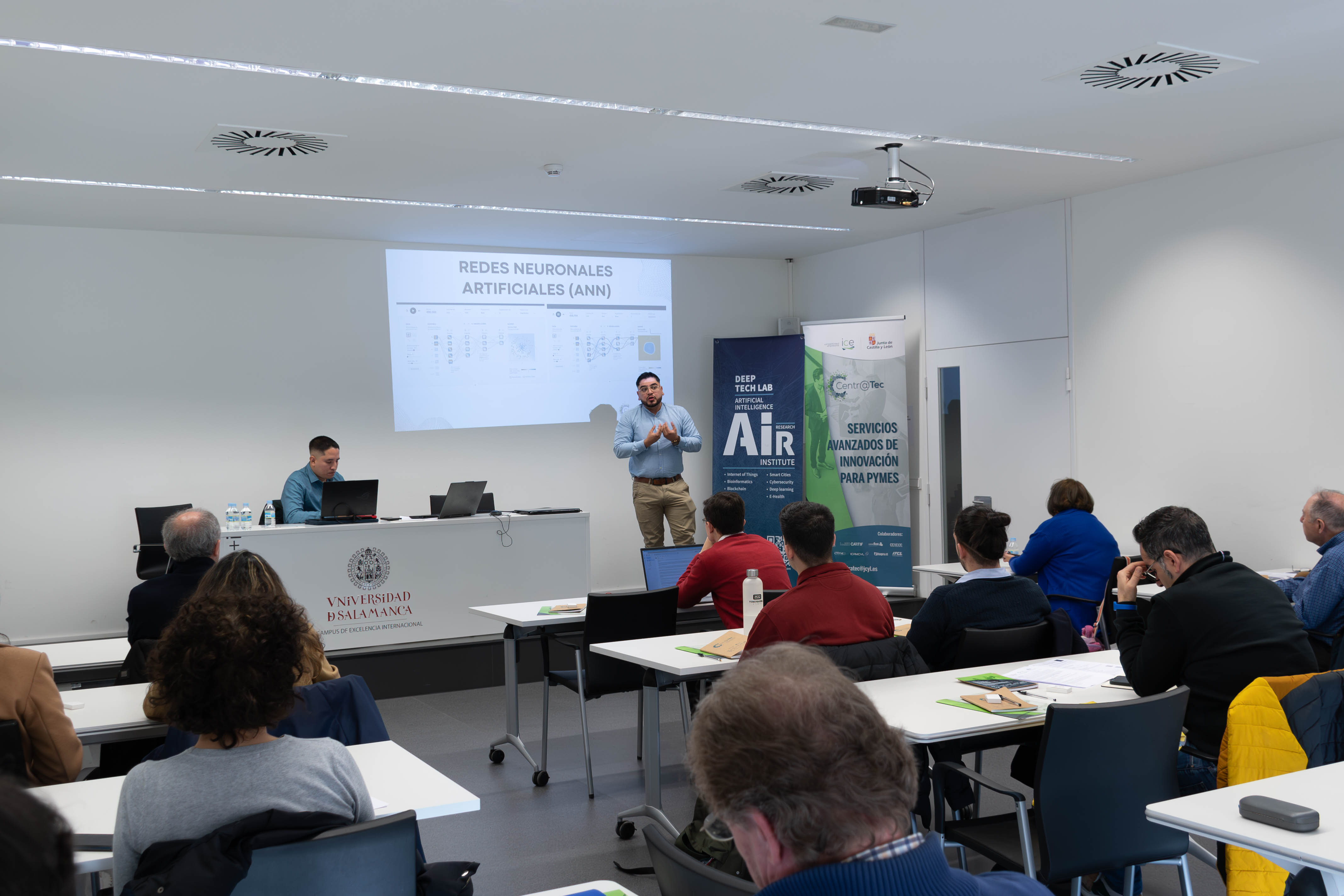The use of robots to perform complicated and/or dangerous tasks is not new. They have been used for years in the field of health, for surveillance, and for the location and deactivation of explosives, to name only a few examples.
However, the interaction among different robotic devices in an effort to achieve a common goal is much less frequent, and not because robots are conceived and work according to heterogeneous architectures and computing languages, making automated coordination difficult.
This is precisely one of the lines of research of the BISITE research group, with specific regard to the interaction between two unmanned vehicles created in previous studied: HAWK (UAV craft) GECKO (UAV craft).
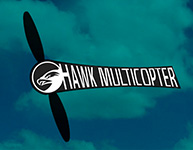 PANGEA platform, which facilitates the development of a virtual organization of agents, and adds to it +R, the middleware (interface between software and hardware), which makes it possible for the different robots to interact.
PANGEA platform, which facilitates the development of a virtual organization of agents, and adds to it +R, the middleware (interface between software and hardware), which makes it possible for the different robots to interact.
As a result of the work performed by BISITE, the new system allows robots to directly exchange information, and thus coordinate and collaborate in the execution of complex tasks. More specifically, the research team has designed a successful interface between HAWK and GECKO for their application in search and rescue missions for people who have become lost in harsh environments such as mountains.
The results of this research have been partially registered and the project director, Juan Manuel Corchado, has been invited by the University of Osaka to give a plenary talk in the conference "International Workshop on Human Friendly Robotics" held at Osaka Institute of Technology.

